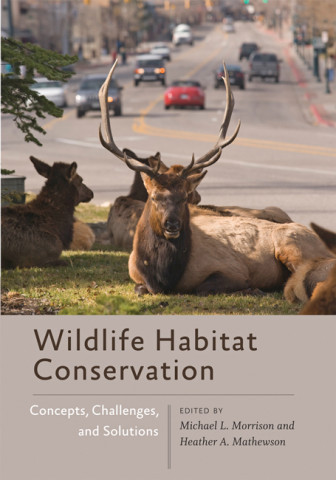
Reviews
This book offers a robust framework for future studies.
Considering the behaviors and characteristics of individual organisms as a foundation, this book encourages readers to be critical of wildlife studies and our approach to understanding the ecology and habitat of the animals we manage. This is a critically important learning objective for students in wildlife ecology and conservation.
The authors' approach of identifying interacting individual animals is original and arguably necessary to gather meaningful results that will inform land management practices compatible with species persistence. This approach provides a new paradigm for study design in research on wildlife-habitat relationships.
Book Details
Preface
About the Authors
Chapter 1. Operating Concepts for Animal Ecology
Chapter 2. The Study of Habitat: A Historical and Philosophical Perspective
Chapter 3. Heterogeneity and Disturbance
Chapter
Preface
About the Authors
Chapter 1. Operating Concepts for Animal Ecology
Chapter 2. The Study of Habitat: A Historical and Philosophical Perspective
Chapter 3. Heterogeneity and Disturbance
Chapter 4. The Evolutionary Perspective: Linking Habitat to Population
Chapter 5. Species Occurrence in Time and Space: Synthesis and Advancement
Chapter 6. Managing Wild Animal Populations and Habitats in an Evolutionary and Ecosystem Context
Chapter 7. Putting Concepts into Practice: Guidelines for Developing Study Plans
Index






